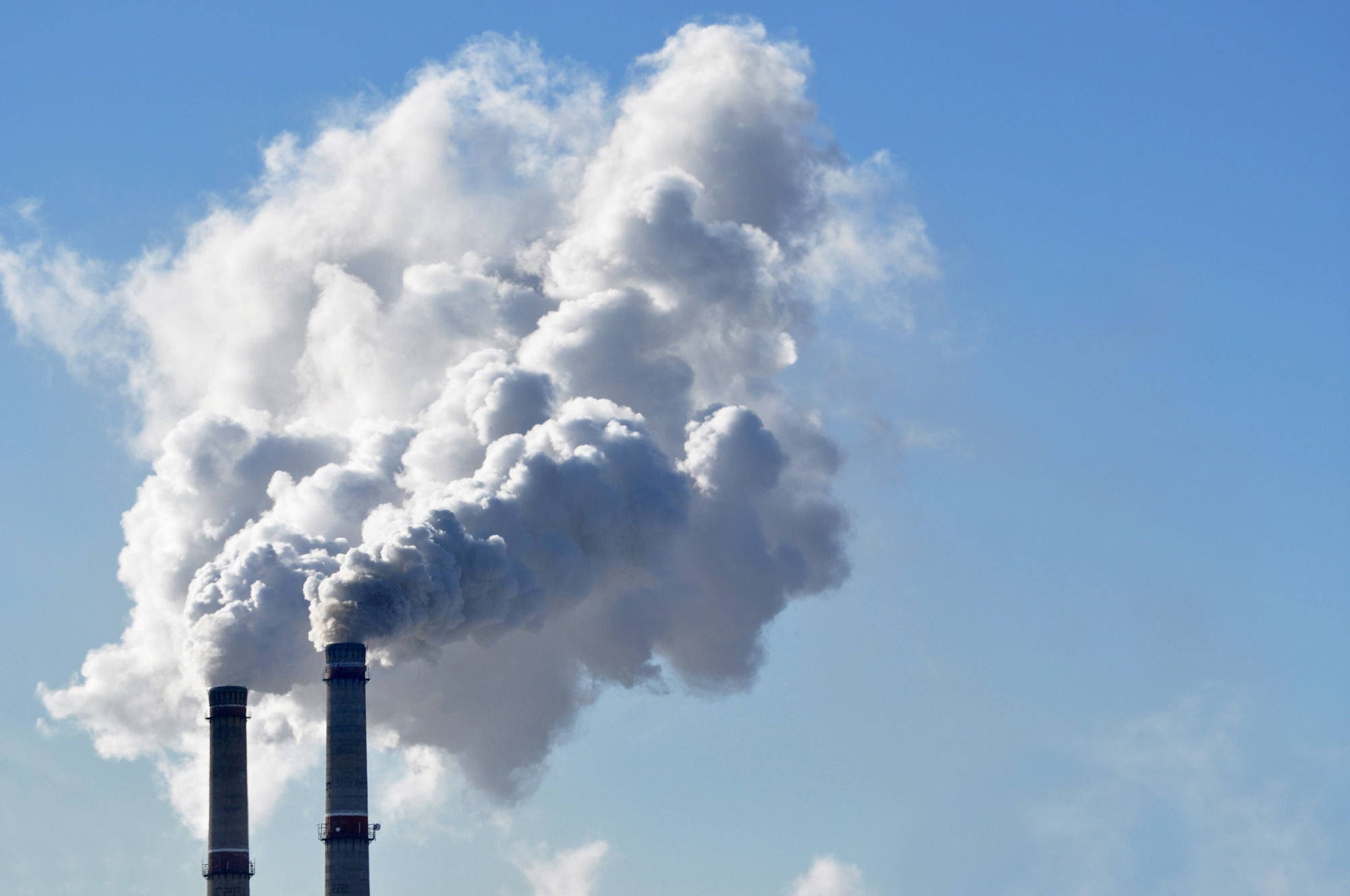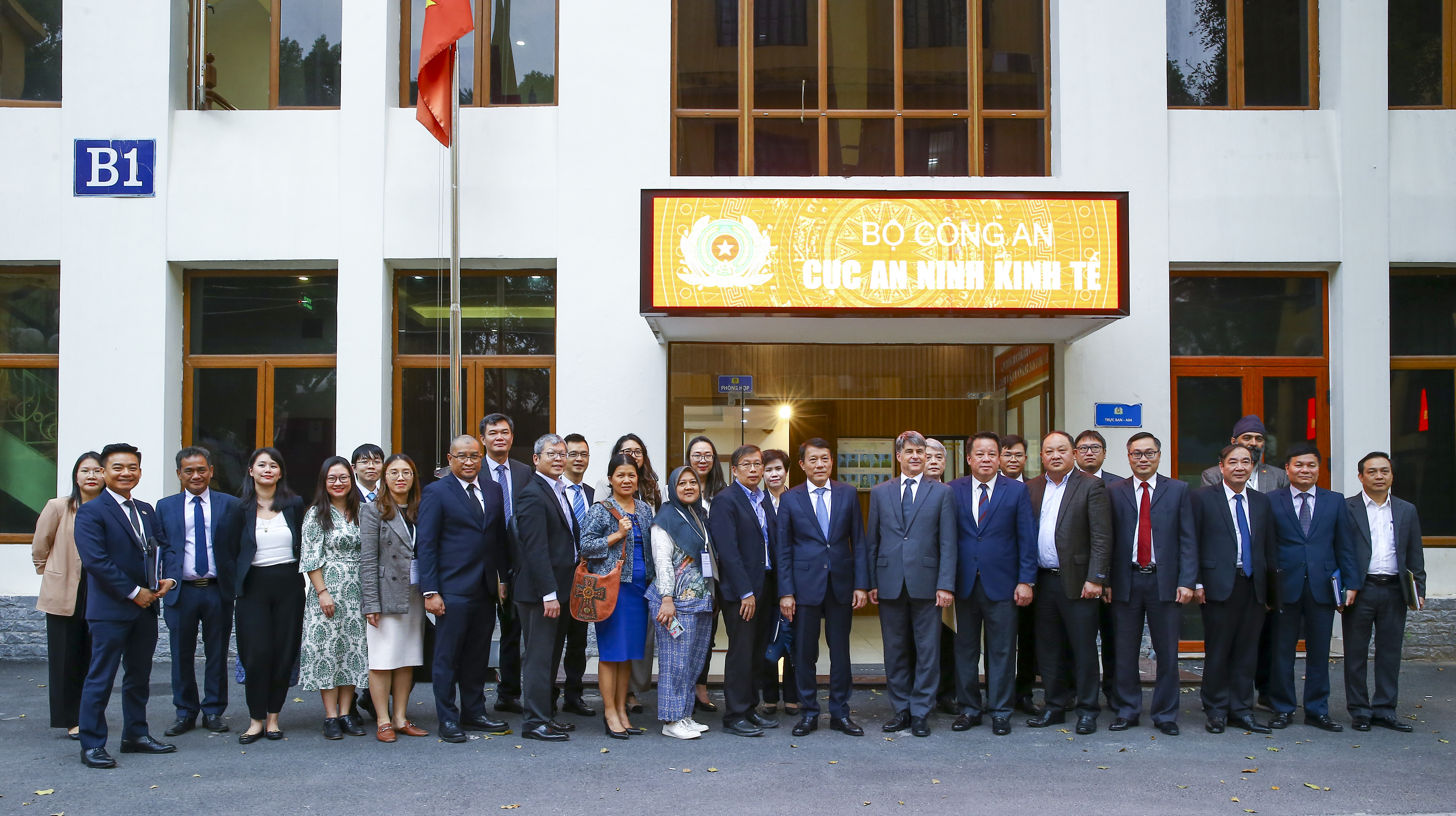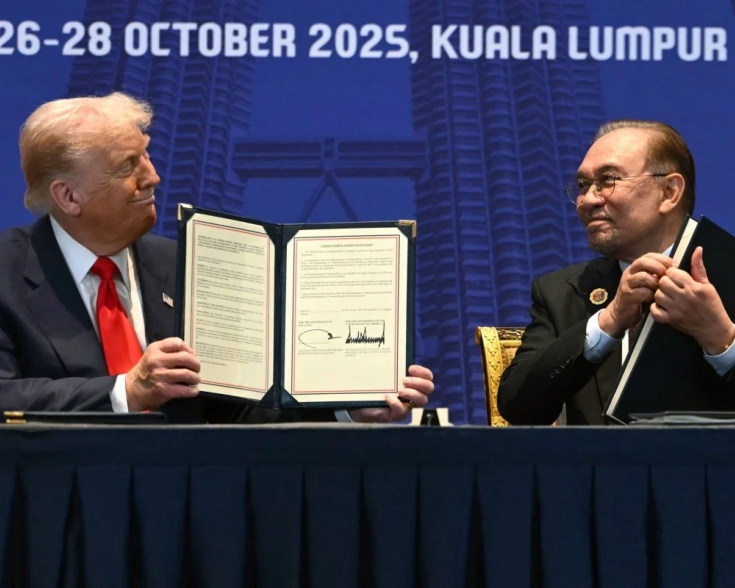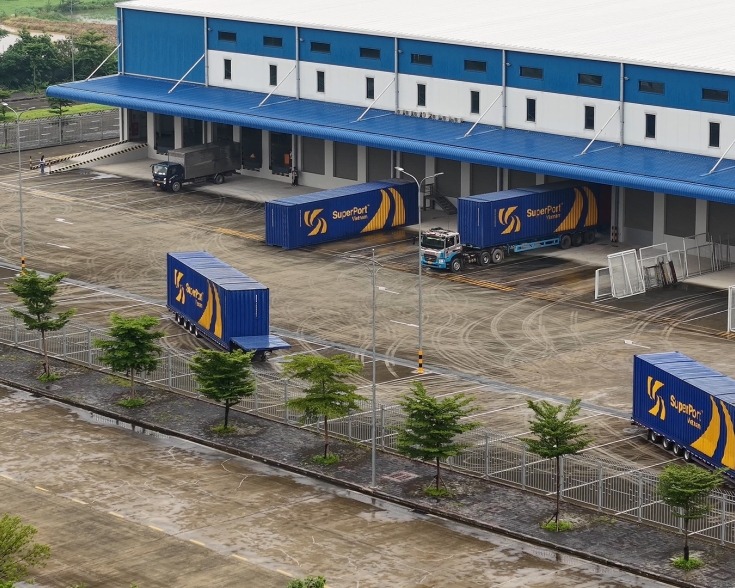Vietnam Establishes a New Emissions Trading System

The Government of Vietnam has launched a three-year pilot emissions trading scheme (ETS) from June 2025 to 2028, to help achieve its net-zero emissions by 2050. Vietnam currently relies on coal for almost half of its power generation. To meet its net-zero goal by 2050, Vietnam needs to cut emissions by 45% of 2023 levels by 2030. To achieve this goal, Vietnam’s new emissions trade plan targets cutting emission levels in three major industrial sectors to reduce the amount of carbon dioxide each sector produces. During this pilot phase, Vietnam’s steel, cement, and thermal power producers, sectors that jointly accounted for 70% of Vietnam’s total emissions, will be required to buy credits to make up for the amount of carbon dioxide they emit, measured in the amount of CO2 generated per unit of output.
This pilot phase will last until 2028, and it will address almost 50% of Vietnam’s CO2 emissions. The first set of emission caps for companies in selected sectors will be established by the end of this year, and any companies that exceed their specific allowances will be required to purchase credits on the market. Under the new plan, companies can also offset up to 30% of their emissions by buying credits from low-carbon projects in Vietnam or overseas. This is a benefit unique to Vietnam’s emissions trading plan; many other markets do not allow the use of offset credits. For example, Singapore and Taiwan have a 10% cap, while China’s plan has a 5% threshold. Many energy experts argue that strict oversight and full transparency are essential to this pilot plan, which certainly has great potential to help Vietnam meet its clean energy goals and create attractive green investment opportunities.



![Cover-[USABC-Final]-Driving-ASEAN-Unity-Malaysia's-Vision-for-2025](/sites/default/files/2025-07/Cover-%5BUSABC-Final%5D-Driving-ASEAN-Unity-Malaysia%27s-Vision-for-2025.jpg)





